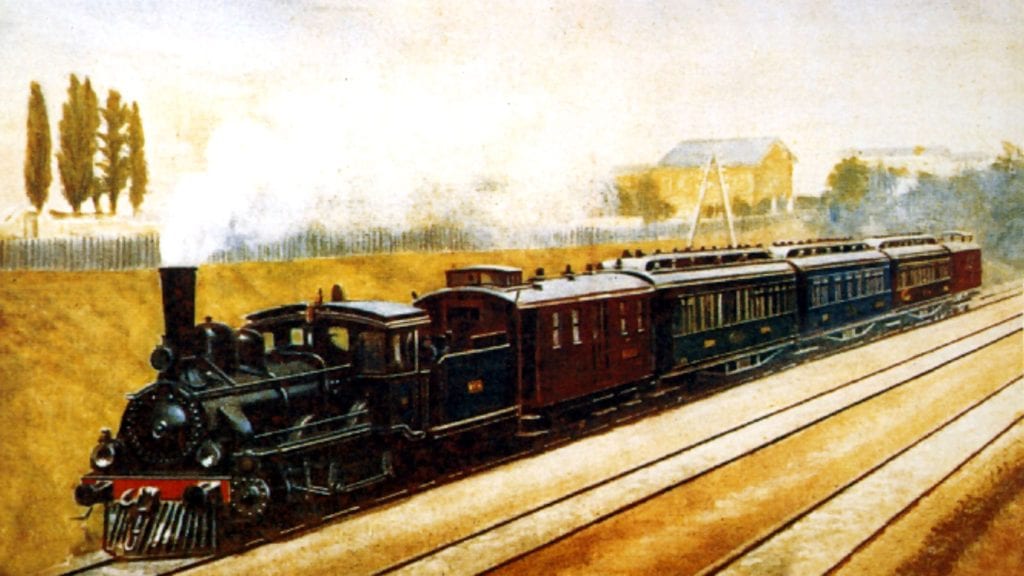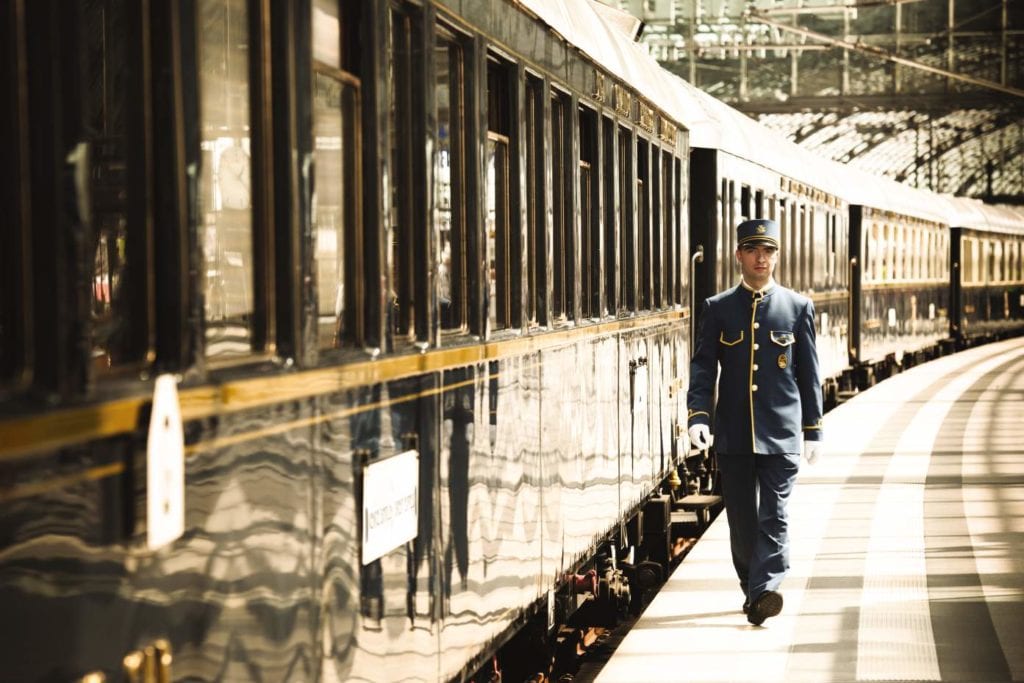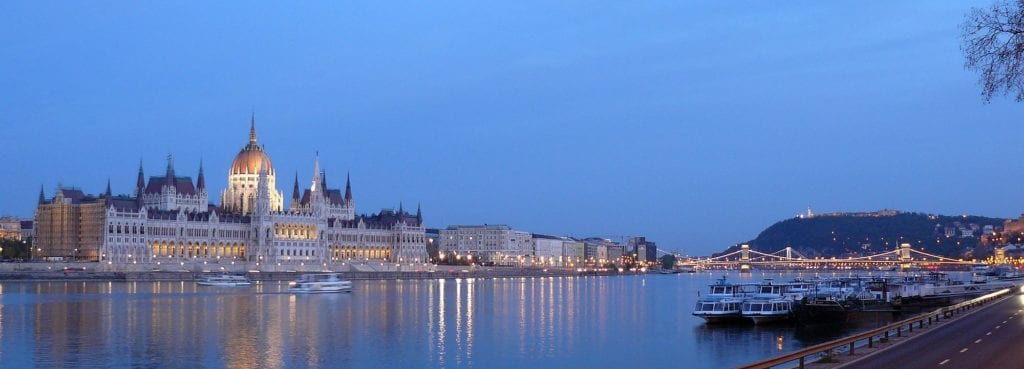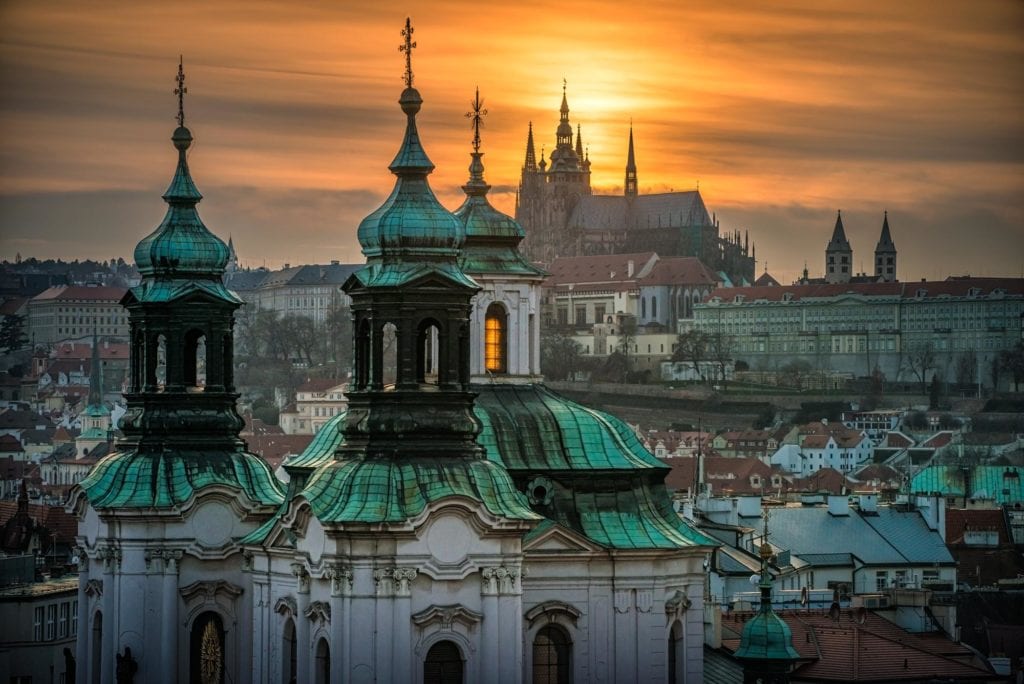
The History of the Venice Simplon-Orient-Express
There is no way to separate the glamour and mystique of the modern Orient-Express from the depth of history that precedes it – and nor would we want to. The Orient-Express (first called by its French moniker, Express d’Orient) began in 1883 as a long distance passenger service from Paris to what was then Constantinople, now Istanbul. The route has changed over the years, as has the train itself, and the name has become a brand synonymous with luxury, opulence, and international intrigue. Unlike many of the great glories of the past though, this is one that you can still experience.
The Train
The Original Train
The original train was comprised of a standard set of Wagon-Lits sleeping and dining cars, and eight railway companies – from France to Romania – supplied the rails and locomotives that moved them and their illustrious passengers. It was a great undertaking at the time of its development, and a testament to the ingenuity of the day. It included food services and overnight travel, and was an instant success.
The Modern Train
The train still features classic, oak-panelled walls and polished brass fittings. Cars are decorated with floral Art Deco patterns by René Prou, and designs by Morrison, Dunn, Nelson and Maple. With all of the advances of modern technology, the train benefits from reliability and increased comfort, but without sacrificing any of the charm and elegance of the original cars. The restaurant service, always popular, was expanded and has maintained the highest standards of quality and service.
Current Classes of Travel
Just as on other train services, there are levels of luxury on the Orient-Express – they just begin at a very high level, and rise from there. In all classes, passengers are free to visit the restaurant cars, bar car, and to move freely along the walkways. The entire train is still decorated and fitted in keeping with the Golden Age of train travel.
Double Cabins
Each double cabin is configured as a lounging area during the day, serving as a sanctuary for the occupants to relax, read, or view the passing scenery in peace and serenity – or in conversation with fellow guests. Banquet seating and a small table by the window provide an elegant, private space.
At night, the steward transforms the cabin into a sleeping room with a lower and upper berth. Crisp, damask sheets and mineral water are among the details that make this modest space a gem of luxury and comfort.
Single Cabins
Single cabins are similar to the doubles, but are fitted with just one lower berth.
Cabin Suites
Two double cabins can be combined to form a cabin suite. More spacious – and just as luxurious – this is a great way to allow one occupant to sleep while another remains awake and active, or to allow each occupant his or her own sleeping room, connected by the adjoining door.
Grand Suite Cabins
As of 2018, the option of a grand suite cabin is available for those who desire the height of Orient-Express opulence. This cabin features a separate area with double or twin beds, a dedicated, private sitting room, en suite facilities, and special services. The special services include private transfers to and from the train, a guaranteed table for two in the restaurant car, and a personal cabin steward. Complimentary gifts include free-flowing champagne and a luxurious bath robe for each suite occupant.
Famous Passengers
The train was frequented then, as it is today, with an impressive list of passengers. Among them were prominent authors, politicians, world leaders and celebrities. A few of the names include Leo Tolstoy, Leon Trotsky, Marlene Dietrich, T.E. Lawrence (Lawrence of Arabia) and, of course, Agatha Christie, whose novels did perhaps more than anything else to popularise and grow the fame of this elite train service.
She rode the train regularly, travelling from her home to Syria, where her archaeologist husband spent a great deal of time running excavations, and then back again. Her memoirs include her recollection of the trip home, especially the poignant moment when the conductor threw open her door to reveal the made bed, fresh and ready for her return to ‘civilisation,’ as she called it. To her, it was truly a luxurious portal between two starkly-contrasting worlds.
Christie’s famous detective Hercule Poirot rode the train as well, as did Ian Fleming’s super spy, James Bond. These are, of course, fictional passengers, but they are not the only spies to have fanned intrigue aboard the famous train: Mata Hari is also among the illustrious real-life passengers.
In historical times, there was even a suspicious death or two, the first one occurring in 1935, only a year after Christie wrote her famous Murder on the Orient Express. Maria Farcasanu, a wealthy Romanian woman, was robbed of a silver-fox scarf and pushed through the open window of her room. The murderer was eventually identified and imprisoned for life. The second was an American naval attaché, Eugene Simon Karpe, who ‘fell’ off the train in a tunnel near Salzburg, Austria, in 1950. He was travelling with papers about spy networks in Eastern Europe. The case attracted a great deal of attention and speculation, but was never definitively solved.
Ian Fleming was a passenger in 1955, on his way back from the Istanbul conference, and set several scenes in From Russia with Love aboard the famous train. He was aware of the stories surrounding the death of Eugene Karpe, five years earlier, and incorporated some of the details into the Bond novel.
Dining
The Orient-Express has always been an expression of stylish formality. Throughout the common areas of the train, therefore, smart casual is the minimum expected dress for the journey. When it comes to evening attire and dining, most passengers go beyond this, with gentlemen wearing dinner jackets and ladies glittering in fine blouses or elegant frocks.
It is easy for passengers to feel at home in formal wear, even if it is not their normal taste, as the overall design and decoration of the train is steeped in luxury and quality.
In 1883, Henri Opper de Blowitz, one of the inaugural passengers on the train, wrote:
“The bright-white tablecloths and napkins, artistically and coquettishly folded by the sommeliers, the glittering glasses, the ruby red and topaz white wine, the crystal-clear water decanters and the silver capsules of the champagne bottles—they blind the eyes of the public both inside and outside.”
and also:
“It must be said, during the entire trip from Paris to Bucharest the menus vie with each other in variety and sophistication—even if they are prepared in the microscopic galley at one end of the dining car.”
Though the modern kitchen is bigger and better fitted than the 1883 version, not much else has changed. The dining cars of the Venice Simplon-Orient-Express are still lauded both for the elegance of the table settings, and the quality and taste of the food and wine. Just as in the days of its inception, the train serves food suitable for royal or diplomatic events, in an intimate atmosphere of refinement and the highest standards of service.
Sparkling crystal-ware and silver shine atop the white linens. Crisply-uniformed staff cater to each passenger’s every need, with a sincere desire to provide the best service and experience possible. Head chef Christian Bodiguel has worked in the galley for more than 25 years, and takes great pride in the quality of the food and atmosphere of the three dining cars.
There is also a bar car, complete with baby grand piano and a skilled player, to ensure passengers a depth of ambiance and relaxation during pre-dinner cocktails, or after dinner drinks.
The Route
The Original Route
The original journey began in Paris and passed through Munich and Vienna on its way to Giurgiu, in Romania. Passengers disembarked there and crossed the Danube River by ferry before continuing on to Varna, again by train, and then completing their journey via another short ferry crossing to Constantinople.
In 1889 the train portion of the route was extended and passengers could travel direct, all the way from Paris to Constantinople by rail. This continued for many years, but service was suspended during the First World War, from 1914 to 1918.
In 1919, the Simplon Tunnel was opened and a new route began under the name Simplon Orient Express, this one connecting Paris with Milan, Venice, and Trieste.
Despite the opening of the new route, the older route continued to run, unchanged until 1977, when the eastern terminus was moved to the Sirkeci Terminal, by the Golden Horn. A ferry service would take passengers from there to the western end of the Asian lines of the Ottoman Railways.
The Golden Age of the Orient Express is arguably the 1930s, with three routes running concurrently. In addition to the Orient Express and the Simplon Orient Express, the Arlberg Orient Express ran from Arlberg, through Zürich and Innsbruck, to Budapest. Sleeper cars continued from there to Bucharest and Athens.
It was during this golden age that the reputation of the line rose to the height it has maintained, to some degree, even to this day. It was lauded for its luxury, comfort, and the status it conferred upon those able to afford the fees for the best cabins and services. Restaurant cars became known as fine restaurants in their own right, and the cars were frequented by the wealthy and by royalty – by the famous and the infamous alike.
Service during this time was extended to include sleeping cars from Calais to Paris, nearing the modern reach of the line, and connecting one edge of continental Europe with the other. The routes were again suspended during the Second World War, resuming again – with the exception of the Athens route – in 1945.
Changes and alternate routes continued through the twentieth century and, though it is still known as one of the most desirable and luxurious train journeys in the world, it can be argued that private air travel has replaced it as the epitome of luxury travel for the rich and powerful. This is, however, more likely due to the increase in speed, as the luxury of the train has not been matched by commercial air services.
The Modern Route
A traveller on the modern version of the Orient-Express will start out from London Victoria station in British Pullman Coaches. The train rolls through Kent on its way to the Channel Tunnel. Once on the French side, passengers board Continental Wagon-Lits carriages of the Venice Simplon-Orient-Express for the leg to Paris and on to Venice.
Cabins are set up for lounging and conversation during the day, then turned down into bedrooms for the night passage between Paris and the Swiss countryside, just as they were decades ago. The Grand Suite, of course, has a dedicated sleeping area.
Passengers pass into the Austrian Tyrol and east through Innsbruck in the morning, climbing the spectacular Brenner Pass before beginning the descent into Italy. Afternoon will bring you through Verona and then to your final destination of Venice, where many passengers spend two or more days exploring the famous city before returning home, full of stories and vivid memories of the train, the service, and the stunning scenery experienced on the trip.
Have a look at our Venice Simplon-Orient-Express page for more information.


















